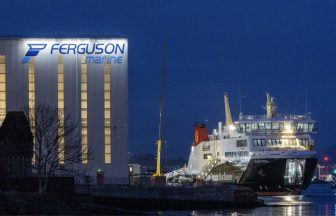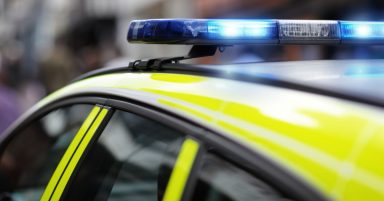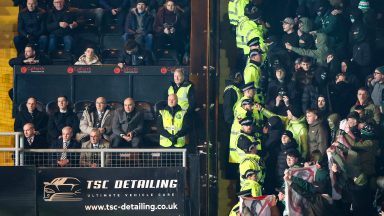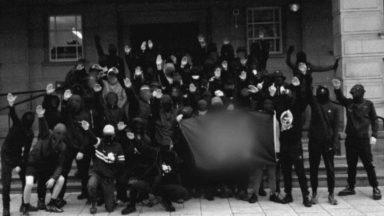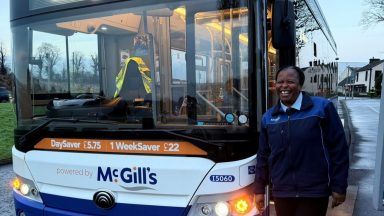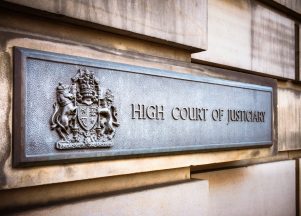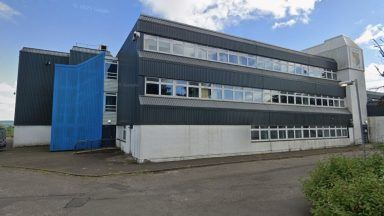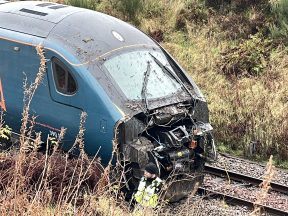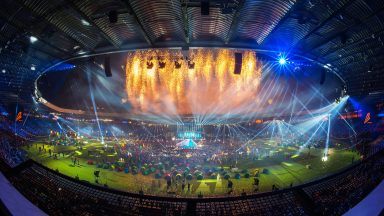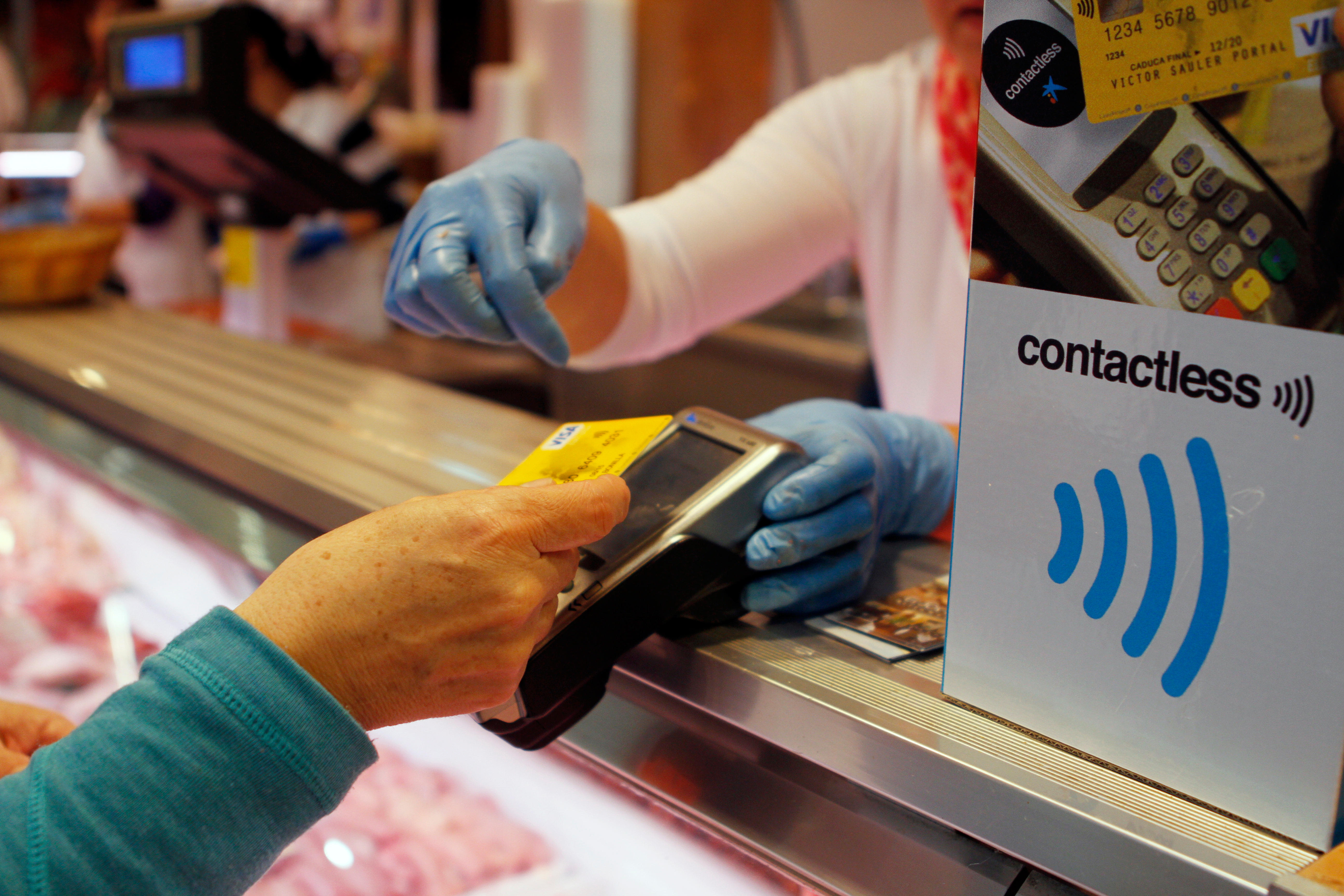The Prince of Wales reminisced about journeys on the royal train when he was shown cutting edge technology that could power locomotives of the future.
Charles met former royal train driver and inspector, David Burley, as his week at the COP26 UN climate change conference drew to a close, and he toured “green fuelled” trains run by two transport firms.
On adjacent platforms at Glasgow Central station was Vivarail’s battery-powered train, and Porterbrooks’ HydroFLEX, which can run on power from overhead electric wires, hydrogen or battery.
Mr Burley, now managing director of the Rail Operations Group which helped organise the event, chatted briefly to the prince and said afterwards: “His voice hasn’t changed still chirpy, still chipper.
“He said to me, ‘when did we first work together on the royal train?’ I said, ‘the first time I took you, Sir, was when you opened the Austin Rover Metro plant in Longbridge’.
“And he said, ‘that reminds me just how bloody old I am!’”
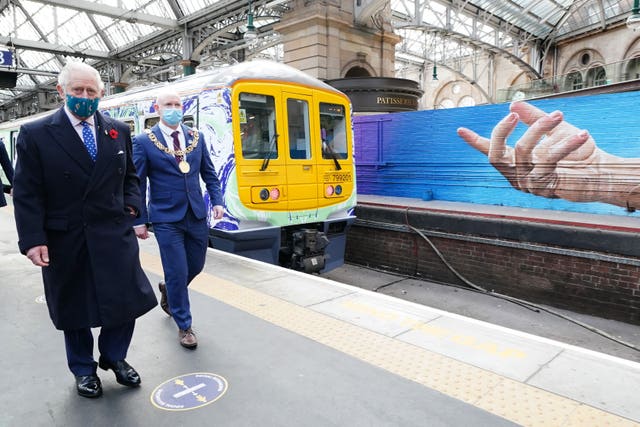 PA Media
PA MediaCharles was taken on a tour of both trains which, in keeping with the ethos of Cop26, were “up-cycled” from existing rolling stock that was refurbished and modernised.
Mary Grant, chief executive officer of Porterbrook, said after the royal visit: “We saw the amount of time he took to look at the train and he was incredibly interested.
“I described to him how this was a 30-year-old train we’d upcycled. We’ve worked predominately with an SME (small and medium-sized enterprise) community with British engineering to design and build, and we were recycling where we could but it’s still state-of-the-art on wifi and the interior.”
Helen Simpson, innovation and projects director at Porterbrook, said Charles was impressed by their project: “He loved it, he absolutely loved it. He was so interested. We talked about the engineering behind it and how everyone felt it was so important.”
 PA Media
PA MediaEarlier, the prince was shown the next generation of carbon capture technology – a machine called CycloneCC – at Doosan Babcock in Renfrew, which its inventors at Carbon Clean describe as the world’s smallest device of its type.
Iain Tobin, Carbon Clean’s chief corporate officer, said of the royal visitor: “He was very impressed. He’s genuinely interested in what we’re trying to achieve, which is to bring cost-effective carbon capture technology to hard-to-abate industrial sectors.”
Carbon was previously captured using a 15-metre device, which saw the pollutant mixed with a chemical to extract the carbon from the other gases.
But the company has now created a much smaller device. Working like a washing machine, it uses a spinning mesh and a solvent to separate the gas which not only means it is much smaller, but it can also be more easily installed on site.
Aniruddha Sharma, Carbon Clean’s co-founder and chief executive, said: “Here is an example just outside the Cop where people can actually come and see how the future’s going to look – you can compress the size of all this equipment and scale it out.”
Follow STV News on WhatsApp
Scan the QR code on your mobile device for all the latest news from around the country


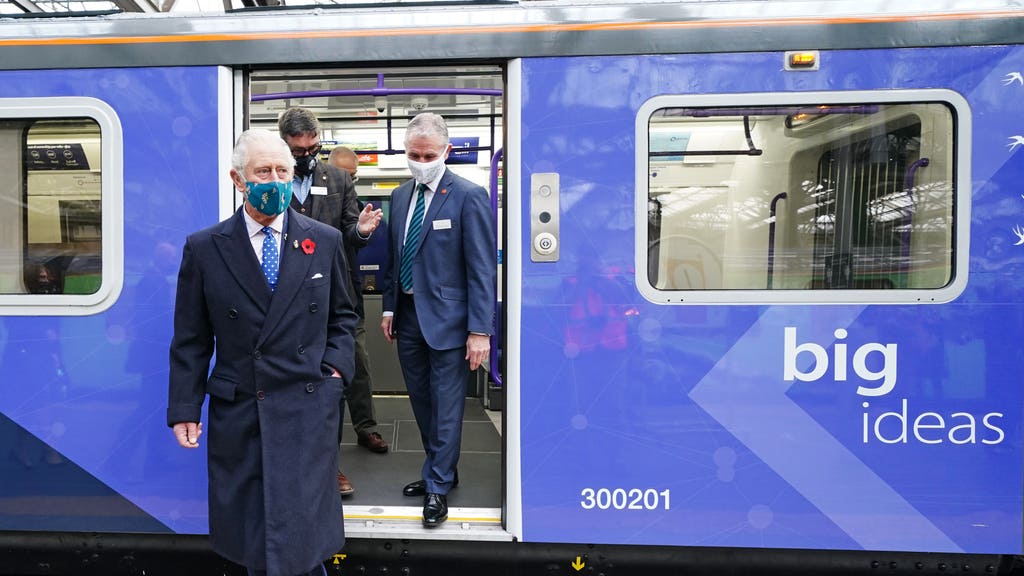 PA Media
PA Media




